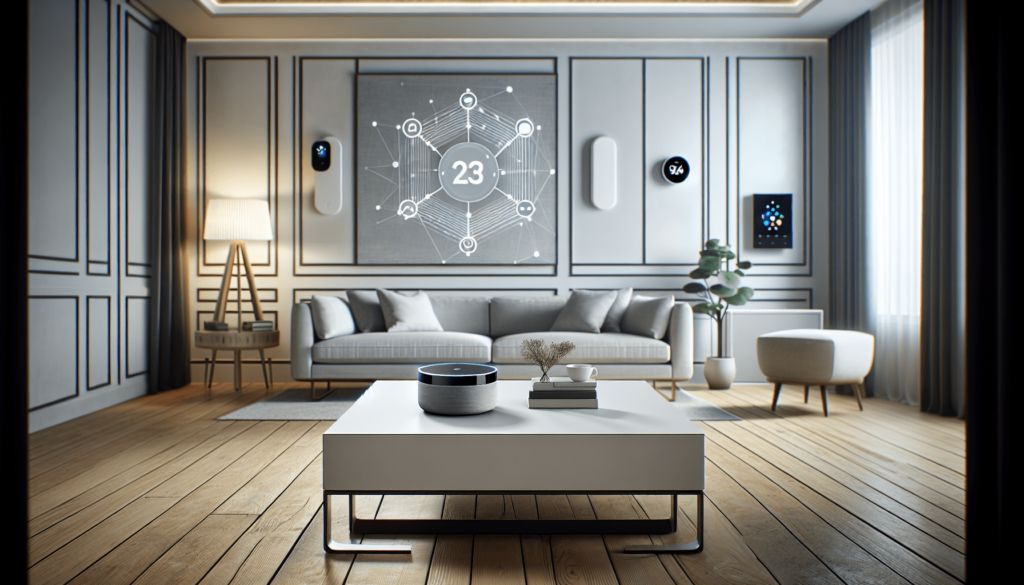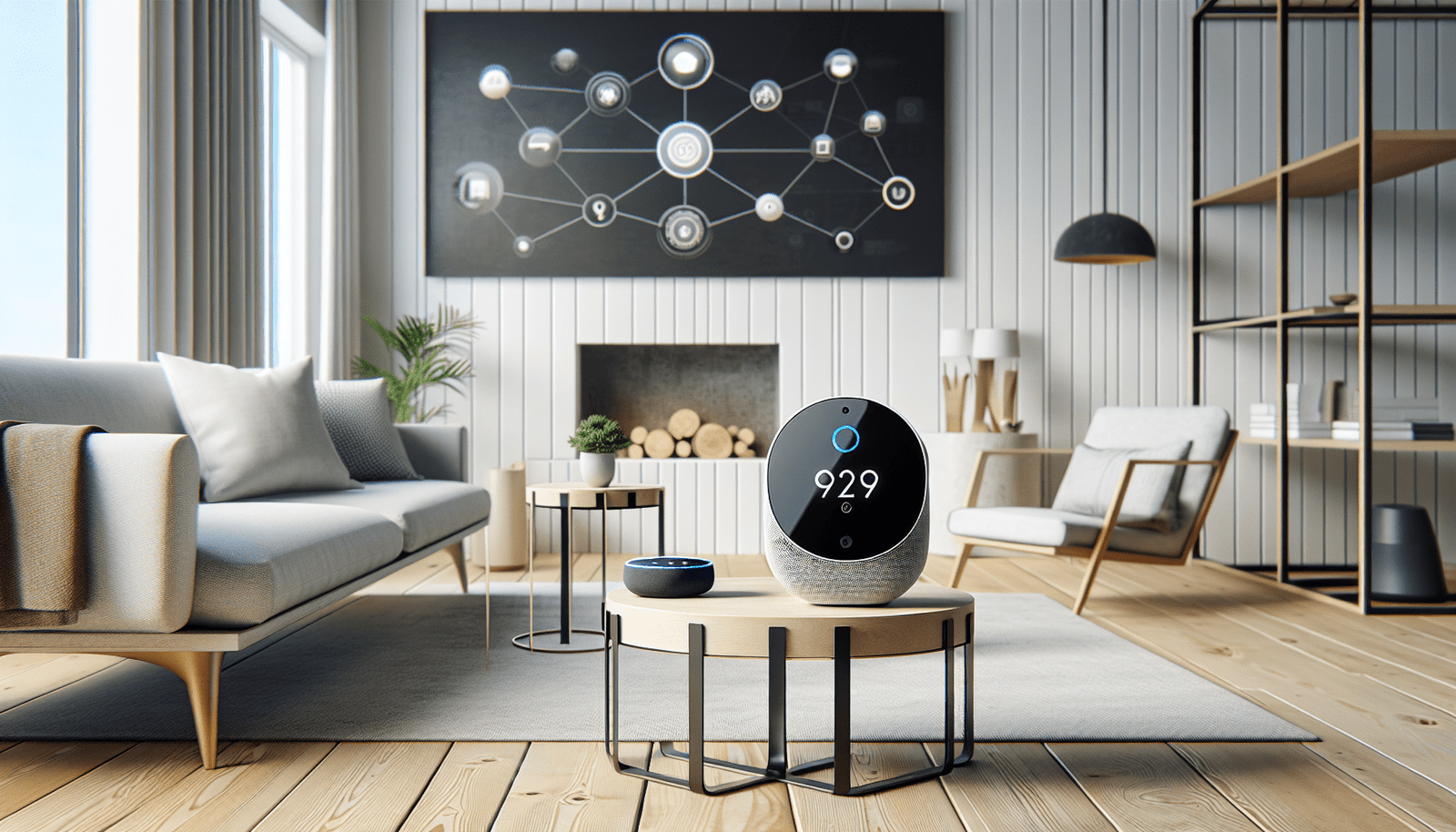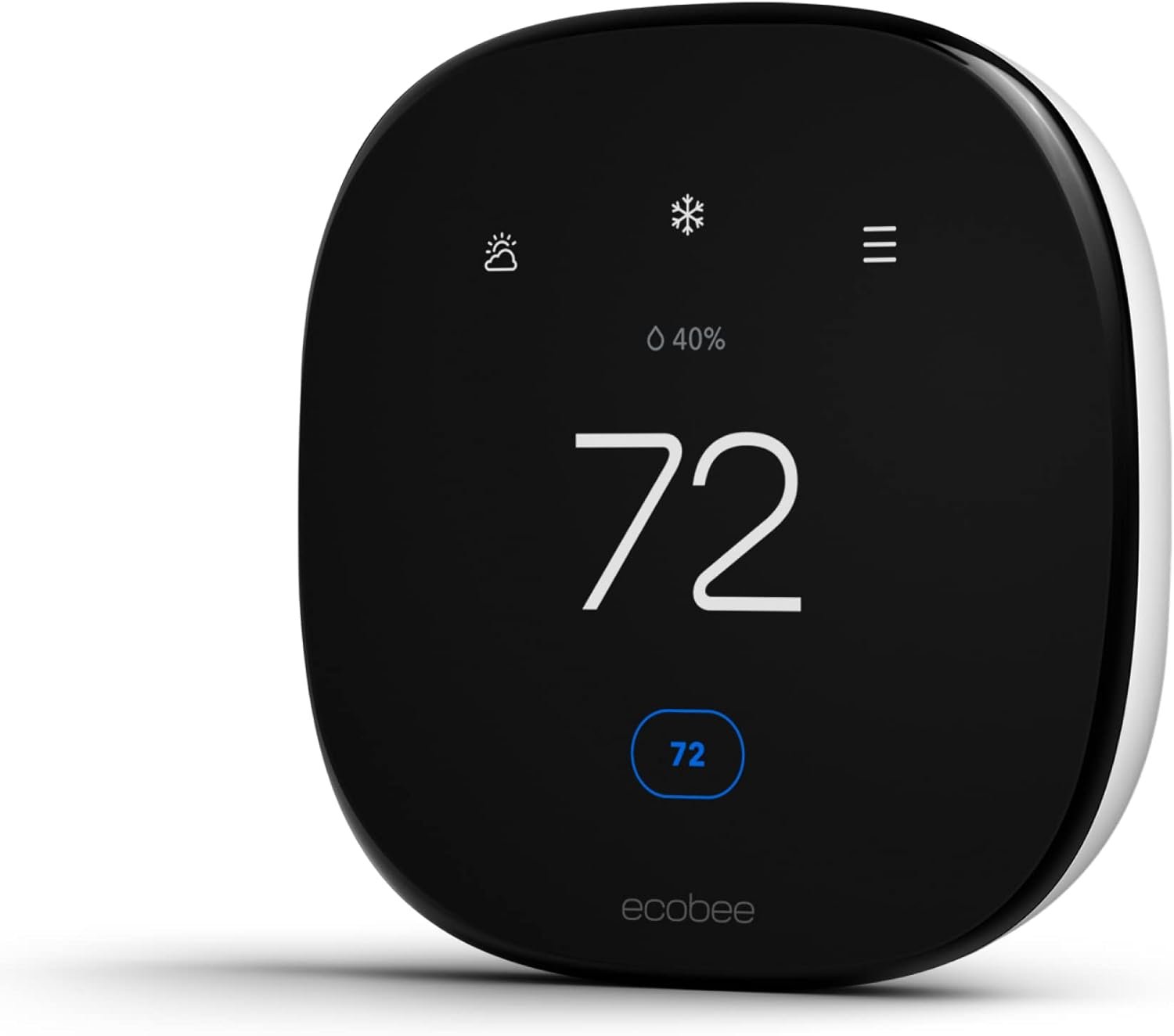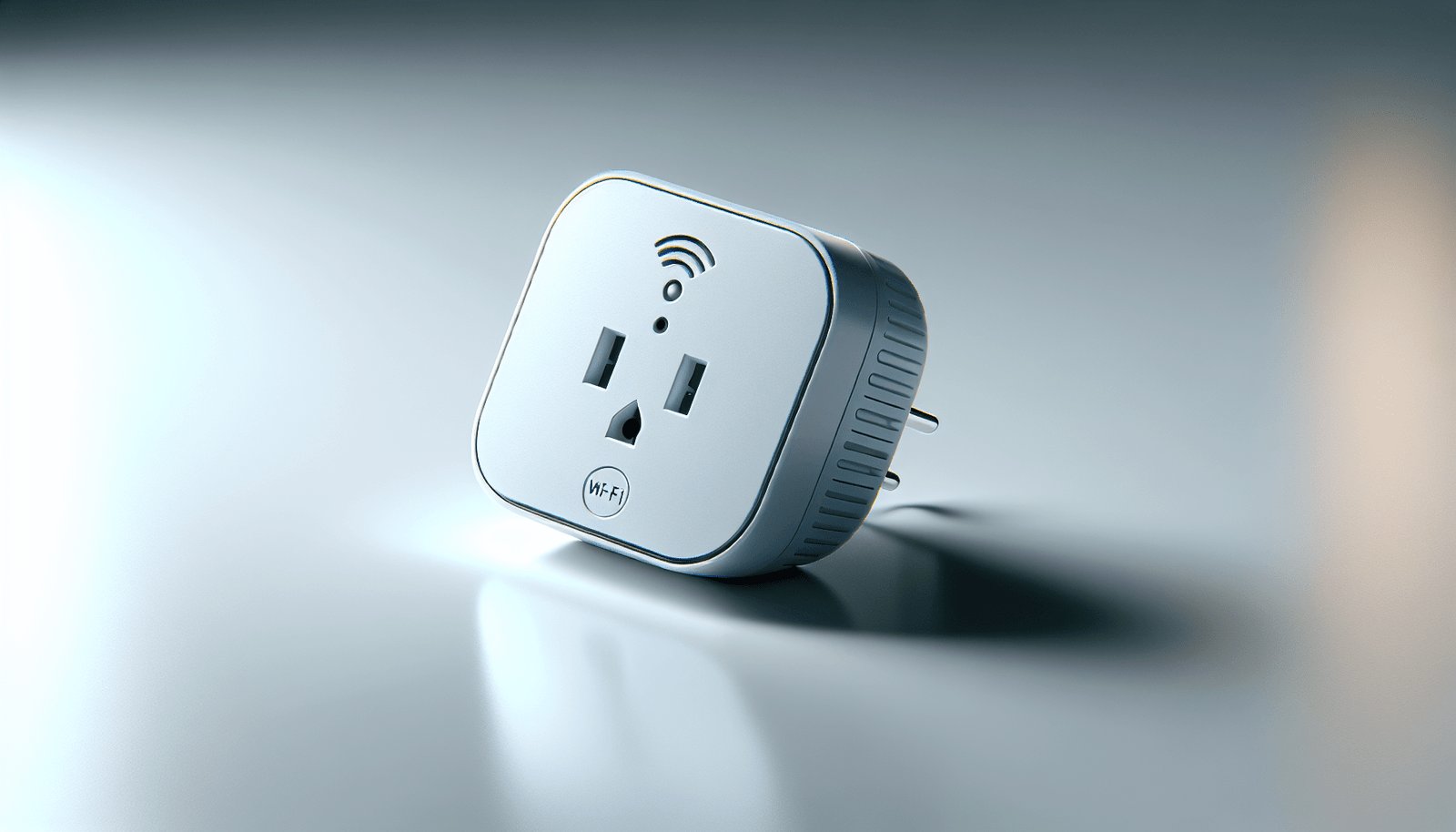Have you ever considered how seamlessly technology could fit into your daily life to enhance convenience, efficiency, and even security? Smart home devices promise a future where your home’s environment adapts around you, offering enhanced living experiences tailored to your lifestyle. Yet, diving into the world of smart technology can be overwhelming.
You may have several questions, such as how to start building a smart home ecosystem or which pitfalls to avoid during setup. Let’s explore the common mistakes you should sidestep to ensure a smooth and successful integration of smart home devices.

Understanding Smart Home Technology
To begin creating a smart home, it’s crucial to grasp the basics of what this technology entails. Smart home devices are electronic gadgets connected to your home’s network, capable of being controlled remotely. They communicate with each other and can automate routines based on your preferences and habits. From smart lights that respond to your voice to thermostats that learn your schedule, the opportunities to enhance your home are numerous.
What Constitutes a Smart Device?
Smart devices range across various categories, including lighting, security systems, thermostats, and appliances. They aim to make your life easier by providing remote accessibility, automation, and sometimes artificial intelligence to preemptively manage day-to-day tasks. Whether it’s a smart lock boosting security or a smart speaker playing your favorite playlist by command, each device integrates into your home to enhance convenience.
Why Invest in Smart Home Technology?
The appeal of smart home technology lies in its promise of increased efficiency, convenience, and sometimes cost savings. Intelligent devices offer energy management by optimizing the use of electricity, thus reducing your monthly bills. Additionally, investing in smart security systems can contribute to peace of mind, providing real-time alerts and 24/7 monitoring.
Common Mistakes to Avoid
While smart homes brim with potential, there are pitfalls to watch out for when setting up your devices. Let’s delve into these common mistakes and how you can avoid them to ensure a seamless smart home experience.
Overlooking Compatibility
One significant mistake is neglecting to check if new devices are compatible with existing systems. If your devices can’t communicate with each other, you won’t be able to harness the full potential of home automation.
Solution: Before purchasing any device, build a plan. List devices you already own and check for compatibility with new devices. Ensure they work with your preferred voice assistant or smart home platform, such as Amazon Alexa, Google Assistant, or Apple HomeKit.
Underestimating the Importance of Connectivity
Without reliable home Wi-Fi, your smart devices may not function properly. Overloading your network can lead to connectivity issues and performance lags.
Solution: Upgrade your Wi-Fi to ensure it can handle multiple connected devices. Position your router centrally or use Wi-Fi extenders to enhance coverage throughout your home.
Ignoring Network Security
Smart devices, while convenient, can be vulnerable to hacking if not properly secured. Often, default passwords remain unchanged, leaving devices susceptible.
Solution: Set up a dedicated guest network for your smart devices to isolate them from sensitive information. Regularly update passwords, opt for strong credentials, and enable two-factor authentication when available.
Failing to Plan for Future Expansion
A long-term vision for your smart home is essential. If you ignore future scalability, you might confine yourself to limited automation capabilities.
Solution: Choose a smart home ecosystem that allows you to expand over time. Consider platforms that support a wide range of devices and updates, ensuring that as your needs grow, your smart home can grow with them.
Cost and Value Considerations
Smart home technology requires investment. Understanding both initial expenses and long-term benefits will guide you in making smart choices tailored to your budget.
Initial Investment vs. Long-term Savings
While the upfront cost of smart devices can be significant, these investments often lead to savings. For instance, smart thermostats optimize heating and cooling, which can substantially cut energy bills.
Example: Consider investing in devices that offer rebates or energy savings programs. These can offset initial costs, ultimately leading to financial benefits over time.
Return on Investment
The return on investment in smart home technology goes beyond monetary savings. Enhanced security, increased energy efficiency, and improved comfort significantly add to the intangible value of such devices.
Solution: Calculate potential savings and lifestyle improvements a device can offer. Smart water sensors or leak detectors, for example, prevent costly water damage, preserving property value and savings on repairs.
Practical Setup Guides
To experience the full benefits of smart technology, you need effective installation and integration of these devices. Correct setup is vital for a smooth operation.
Step-by-Step Setup
- Research and Purchase: Select devices that meet your needs and confirm compatibility.
- Home Network Assessment: Ensure your Wi-Fi setup supports all devices.
- Device Installation: Follow manufacturers’ instructions carefully. Many devices come with intuitive apps guiding you through the process.
- Customization: Use dedicated apps to configure settings according to your preferences, such as automation schedules and voice commands.
- Testing: Regularly test devices to confirm they’re operating smoothly. This will also help you troubleshoot any connection or performance issues.
Professional Installation Considerations
While many devices are user-friendly, consider professional help for complex installations like security systems or central control hubs. This ensures expert placement and operation.

Security and Privacy Factors
Understanding the potential risks associated with smart devices is crucial to maintaining your privacy and safety at home.
Potential Risks
Smart home devices, when improperly secured, can provide gateways for unauthorized access. This could lead to privacy breaches or altered device functionality.
Solution: Regularly update device firmware, maintaining up-to-date security patches to protect against vulnerabilities.
Best Practices for Safety
- Password Management: Use unique passwords for each device.
- Data Management: Regularly audit your smart home app permissions, ensuring only necessary data access.
Security-conscious practices not only protect your home but also increase your confidence in using connected devices.
Energy Efficiency and Sustainability
Smart homes contribute to sustainable living by optimizing energy use and reducing waste. This is both financially and environmentally rewarding.
How Smart Devices Save Energy
Automated systems can better manage electricity usage based on real-time data and learned habits. Smart bulbs, for instance, adjust brightness according to time of day, and smart plugs can cut off power to appliances in standby mode.
Example: Use smart sensors and scheduling systems that turn off unused equipment. This reduces unnecessary power consumption, translating to financial savings and environmental conservation.
Commitment to Sustainability
By using smart devices to monitor and reduce energy use, you’re contributing to larger sustainability goals. Combining technology with environmentally friendly practices creates a positive impact on both your home and beyond.
Compatibility and Connectivity
Understanding the diverse interaction between smart devices and platforms can enrich your home’s automation experience.
Integrating Multiple Platforms
Deployment on multiple platforms can maximize your smart home’s efficiency. Choosing a compatible ecosystem enables seamless communication among devices.
Solution: Invest in devices that adhere to universal standards such as Zigbee or Z-Wave, which can bridge different technological environments, ensuring broader compatibility.
Voice Assistant Integration
Voice-controlled assistants streamline your smart home ecosystem by allowing verbal commands to control various devices. Consider your preferred assistant’s compatibility across different products.
Solution: Evaluate compatibility with Alexa, Google Assistant, or Siri before purchase to ensure devices meet your desired level of integration and control.
Future-Proofing and Innovation
The evolution of smart home tech is rapid, with ongoing advancements enhancing home automation. Embrace flexibility to keep your home equipped with the latest innovations without necessitating complete overhauls.
Trends in Smart Home Technology
- AI and Machine Learning: Increasingly, smart devices learn user habits, predicting needs and performing tasks automatically.
- Interoperability: Enhanced interconnectivity technology lets diverse devices work harmoniously.
Preparing for Technological Evolution
Position your home to evolve with technology changes. Select products known for consistent updates and support.
Solution: Stay informed about industry developments and upcoming trends. Integrate adaptable systems that can easily incorporate new technologies, ensuring your smart home remains modern and efficient.
By carefully selecting and judiciously integrating smart home technology, you unlock enhanced living possibilities while avoiding common pitfalls. Adopt a strategic approach when navigating your smart home journey to ensure you derive value, security, and enjoyment from your connected living space.




